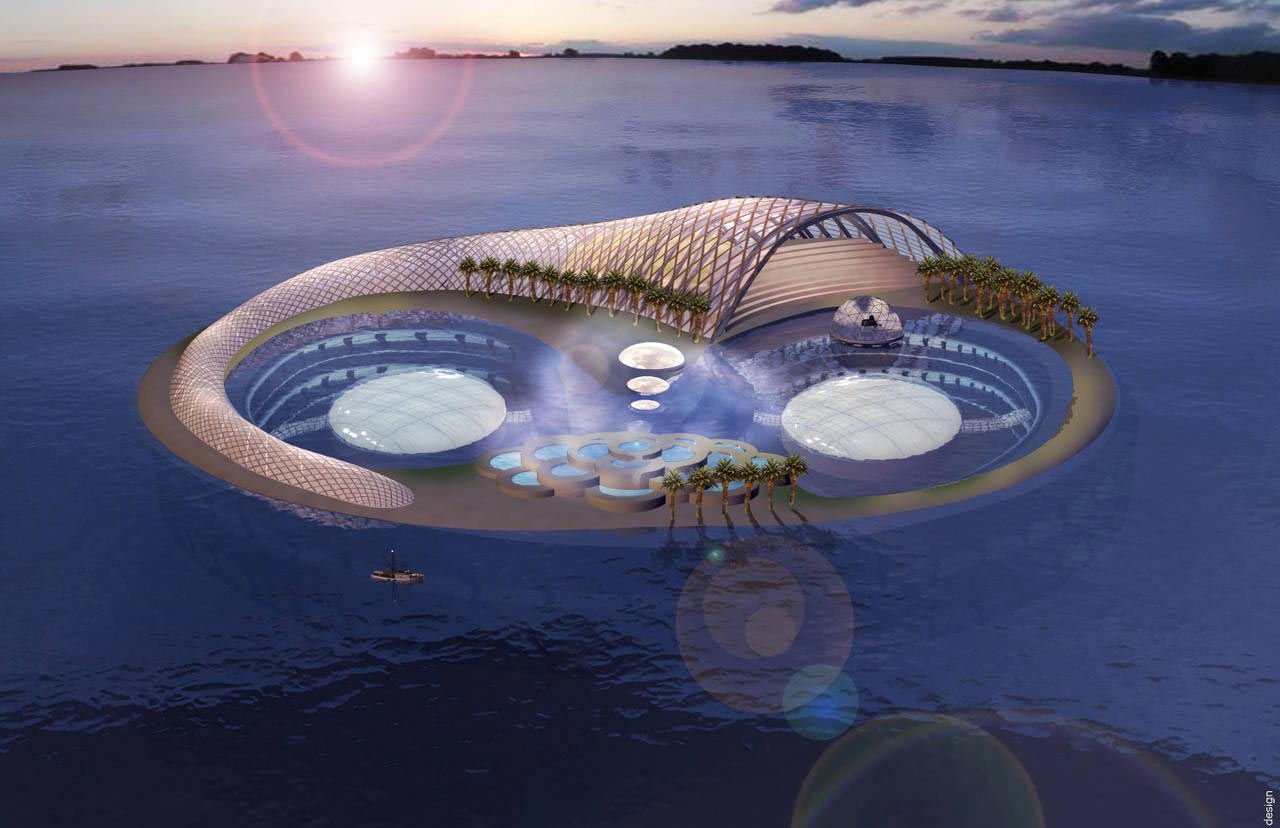In the first of a series of technology analyses from Mövenpick’s regional IT guru Roger MacFarlaine, hoteliers come under fire for a lack of foresight. Future trends are just around the corner, not light years away — and there’s more to technology investment than dollars and cents, says McFarlaine
I remember being laughed out of a boardroom 10 or so years ago when I suggested investment in convergence technology. I realised then that the education process of future technology trends must start now — so fast-paced is this sector that the developments we think are 25 years away inevitably turn out to be just five years round the corner.
Convergence technology is one such trend, and I am pleased to say that those that laughed at me soon returned with heads hung as they accepted it would be a huge asset for hotels.
For those that might still ask what convergence technology is, I can only reply ‘where have you been during the noughties’?

| Advertisement |
In brief, a converged network enables the deployment of many IT services on a single cabling architecture/network. For example, it is possible to run services such as data, voice, IP TV, CCTV, WiFi, BMS and multimedia on one cabling architecture regardless of their manufacturer.
In my view, it is common sense and good business that such services be leveraged off the existing infrastructure and core technologies.
Hotel chains and GMs should not be wary of such technologies and big buzz words, but rather embrace it as a product differentiator amongst those in their competitive set.
Maximising internet use and service is one way of setting your hotel ahead of the competition. For me, it is clear — providing broadband connectivity anytime, anywhere across the property is a strategic imperative across the industry. Today’s business travellers aren’t willing to slow down because they are not in the office and leisure guests expect to be able to share their experiences with loved ones through technology.
Wireless capabilities have become more widely deployed across devices and as a result, guests will increasingly expect to be able to access information and resources wherever they are.
Broadband connectivity also provides an infrastructure for hotel employees — such as event coordinators, maintenance and security personnel — to stay connected and thus be better able to respond to day-to-day challenges or emergency situations.
One such example of this process intuitive service is ‘one-stop-shop guest request tracking’, whereby a call received at a central service centre can be forwarded by a service representative to a ‘runner’ (equipped with a WiFi device anywhere in the hotel complex), who can service the request within minutes.
This is the sort of service that sets a hotel apart from the competition. With such an example, ROI should not be viewed in terms of dollars and cents alone but from many intangible rewards e.g. word of mouth, product differentiation and a competitive edge amongst those in our competitive set.
Recent findings and word from the field is that programmes like this one have improved hotel operational efficiencies by 100%. Hotels can’t afford to ignore this; it’s time to look at the middle line. To date, hoteliers have been very one-eyed, lacking the foresight to see what is going to happen down the track. Remembering that dollars and cents are just a small part of the picture will help the industry analyse the demand for technology more objectively.
Increased integration
This brings me to IP Telephony, which enables new phone-based services. It is an emerging technology that will be here to stay in the luxury hotel segment. With screen-based IP phones, there is now a more friendly approach to putting hotel personnel, services and any web-based multimedia information at the finger tips of their guests. For example, special promotions could be offered such as discounts to loyal guests on spa services during off-peak hours and accepted via a touch sensitive colour screen phone.
These primary in-room communications vehicles become ‘virtual concierges’ that enable enriched functionality like city maps and points of interest, internal and external advertising (as forms of direct and indirect revenue generating opportunities).










 Search our database of more than 2,700 industry companies
Search our database of more than 2,700 industry companies









